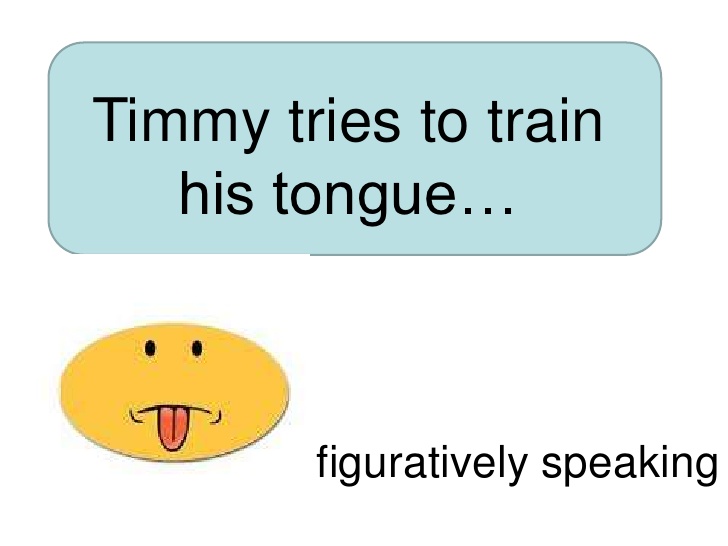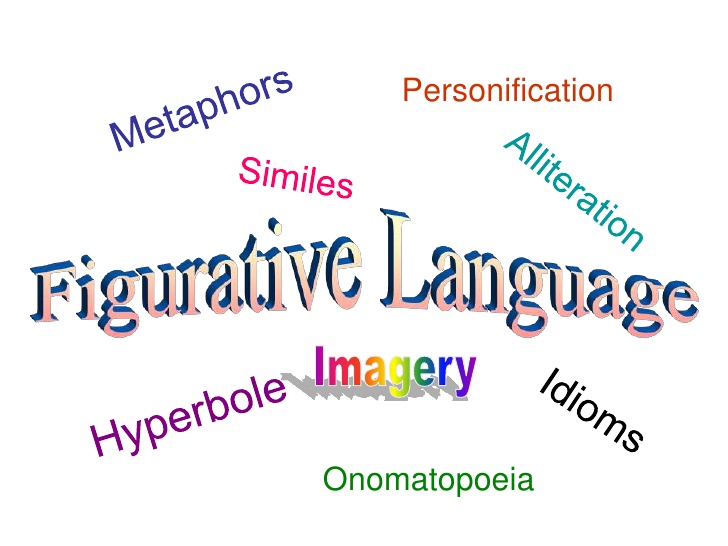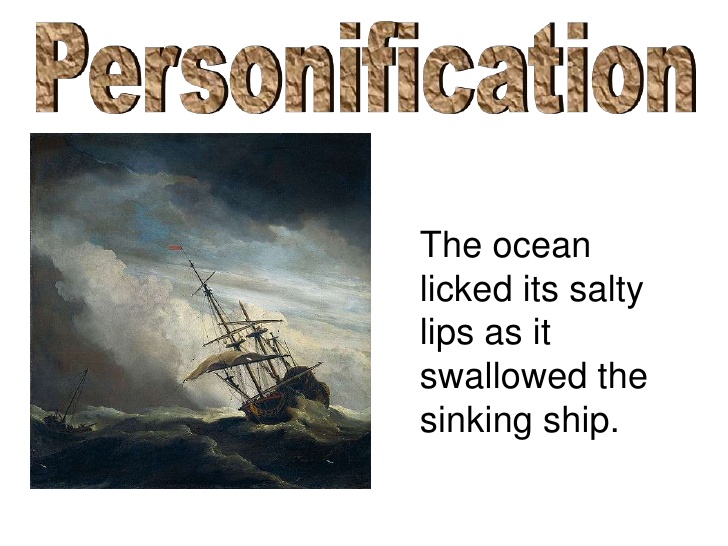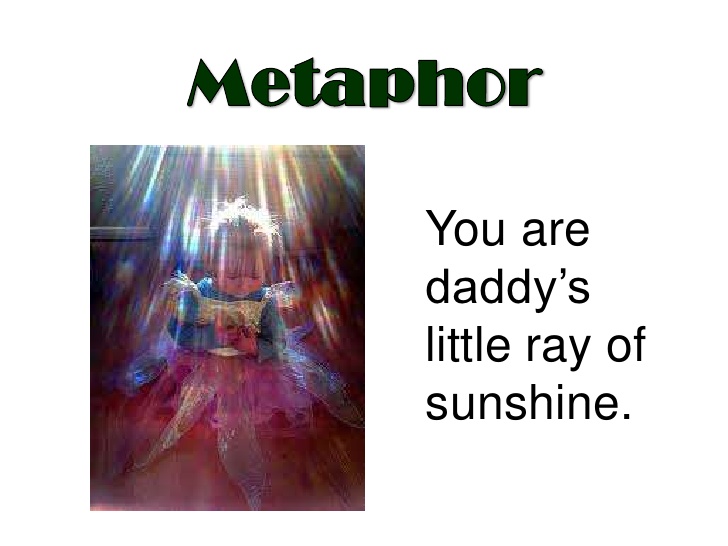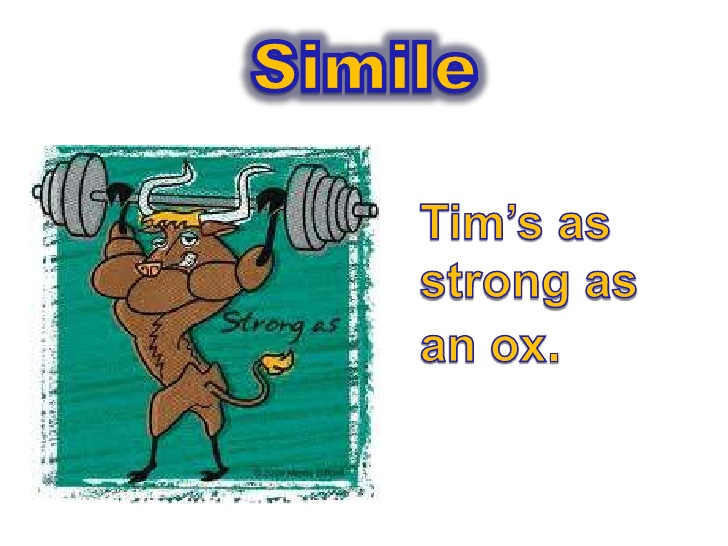Simile
This is one figure of speech that you may be familiar with from earlier English classes. A simile is a comparison between two unlike things, usually using the words "like" or "as." The presence of these two words tends to make similes easy to identify on a test.
A few examples:
1) "Life is like a box of chocolates. You never know what you're gonna get." - Forrest Gump
This simile uses the word "like" to compare "life" and "a box of chocolates," two things that we would normally think of as unrelated. The comparison helps to highlight the surprises life often brings our way. Just as we bite into a candy from a variety box of chocolates unsure if the center will be peanut butter or raspberry, we get out of bed each morning unsure what will happen over the course of the day.
Simile
A simile occurs when a composer compares a subject to another that is not usually linked. Often the word 'like' or 'as' combines the two subjects:
'The school students ran around the playground like a pack of wild animals'.
'The day was as hot as beef vindaloo.'
Example One
The best way to find a simile in a text is to ask yourself whether or not two unlike things are being compared. You will need to be able to:
Recognise a simile
State what is being compared
Explain the literal meaning of the simile
Here is an example:Tanya waited patiently in line for her ice-cream. The day was very hot and she had run from the house as soon as she heard the familiar tune of the ice-cream van. The soles of her feet were burning but the smooth texture of the vanilla ice-cream was like a cooling breeze, making the wait worthwhile.
Text One
The simile in text one is '...the vanilla ice-cream was like a cooling breeze'.
The composer has compared the ice-cream to a breeze. These two things are not usually linked.
The literal meaning of this simile is that the ice-cream cooled Tanya down.
Metaphor
Metaphor is a figure of speech frequently taught alongside simile to help illustrate the differences between the two. Unlike a simile, a metaphor states that an object or idea is in some way the same as another, seemingly unrelated thing. For example, where a speaker using a simile to insult someone might say, "He's like a rat," a speaker using a metaphor would say something like, "He's a real rat!" Of course, the person being insulted is not literally a rat; instead, the speaker is using a metaphor to draw a connection between his victim and a rather unsavory animal.
Some examples:
1) "That test was a total breeze." - Common expression
This simple statement is a great example of a metaphor. The speaker does not actually mean that the test was a light current of wind. Instead, she says that the test was "a breeze" to indicate that the test and a light wind are the same, since both are easy, gentle, and present no difficulty.
2) "You are my sunshine, my only sunshine. You make me happy when skies are gray." - Popular song
The lyrics to this popular song are another very simple example of the direct connection a metaphor makes between two things. Rather than saying her beloved is "like" sunshine, the speaker says that her beloved is sunshine.
Metaphor
Metaphors are like similes in that two subjects that are not usually linked are linked. Metaphors are different in that, rather than a simple comparison, a metaphor states that the two subjects are the same or equal. The effect of this is to give one object the attributes of the other. 'The school students were a wild pack of animals'.
Example Two
In this example, the school students are given the attributes of a 'wild pack of animals'. The literal attributes that are being given to the students are that they are noisy and out of control.
In its simplest form, a metaphor uses 'is''Johnny is an ape'
Example Three
While the effect of this is related to a simile, it is important that you can tell the difference between the two.
Personification
Personification- giving an object human-like qualities.
Personification is a figure of speech where a composer has given human qualities to an object or animal. The old tree is an aged and tired man,
Its knobbly fingers tremble, reaching out
For its withering brown hat, blown off in the wind.
Personification, also known as "anthropomorphism," is the attribution of human qualities to non-human things. These can be objects, events, ideas, or even living, non-human things.
Text two
The first line is a metaphor. The composer has stated that two objects, a tree and a man, are the same thing. The next two lines give the tree human qualities. The composer has made the trees limbs 'knobbly fingers' and has given the tree a 'brown hat' instead of leaves. These examples of personification help to make the reader empathise with the object.
2) "Season of mists and mellow fruitfulness, / Close bosom-friend of the maturing sun; / Conspiring with him how to load and bless / With fruit the vines that round the thatch-eves run" - "To Autumn" by John Keats
This example is interesting because in it, Keats directly addresses the season of autumn as if it were a person. He also refers to it as a "friend" to the sun, capable of "conspiring" to provide fruit to the season's vines. In this way, Keats ascribes human qualities to an abstract idea, the time of year.
